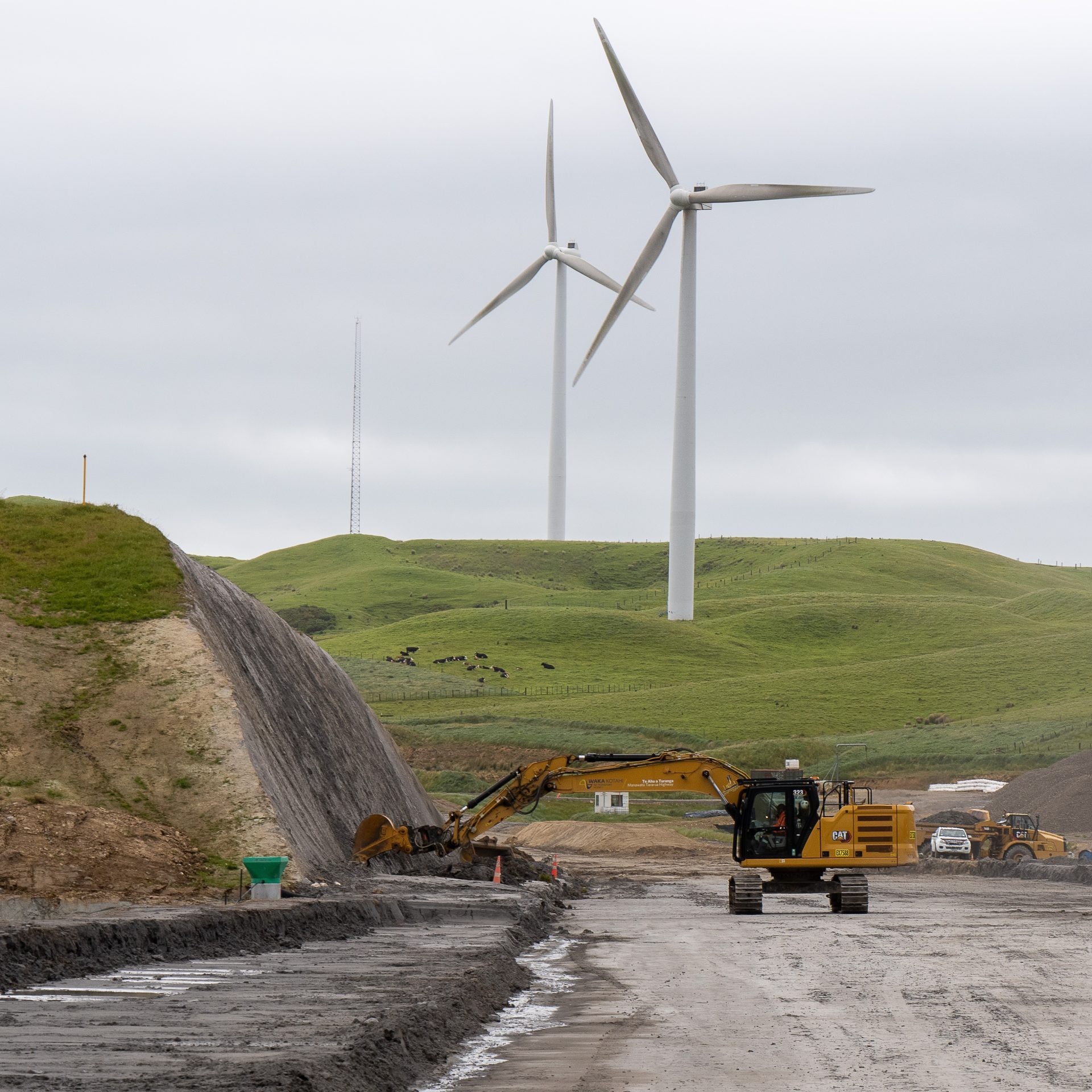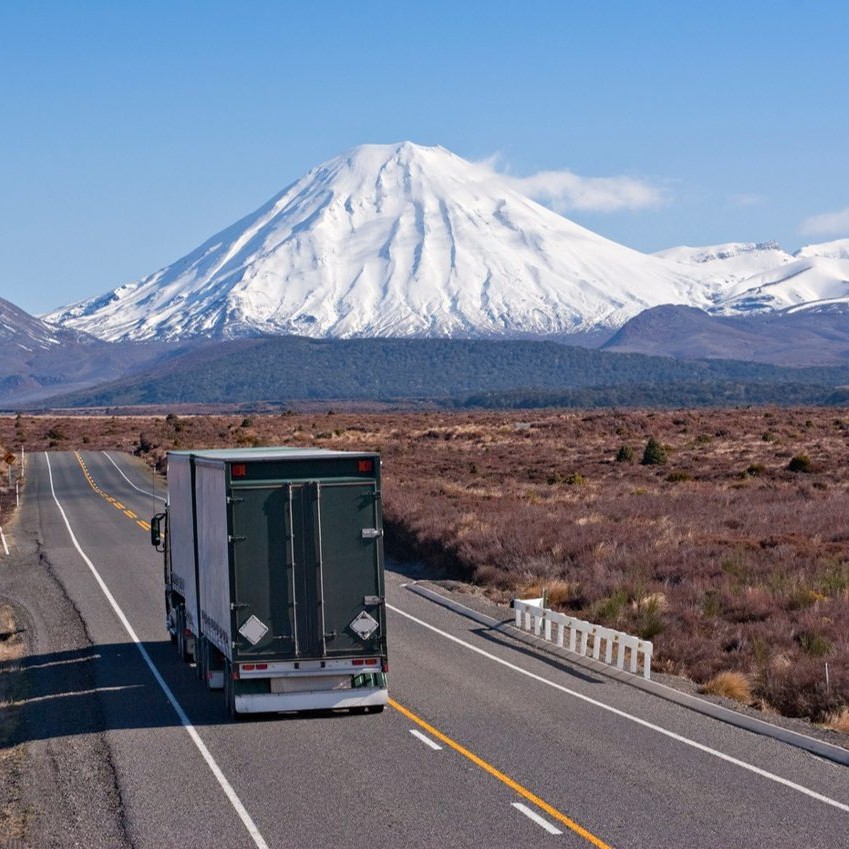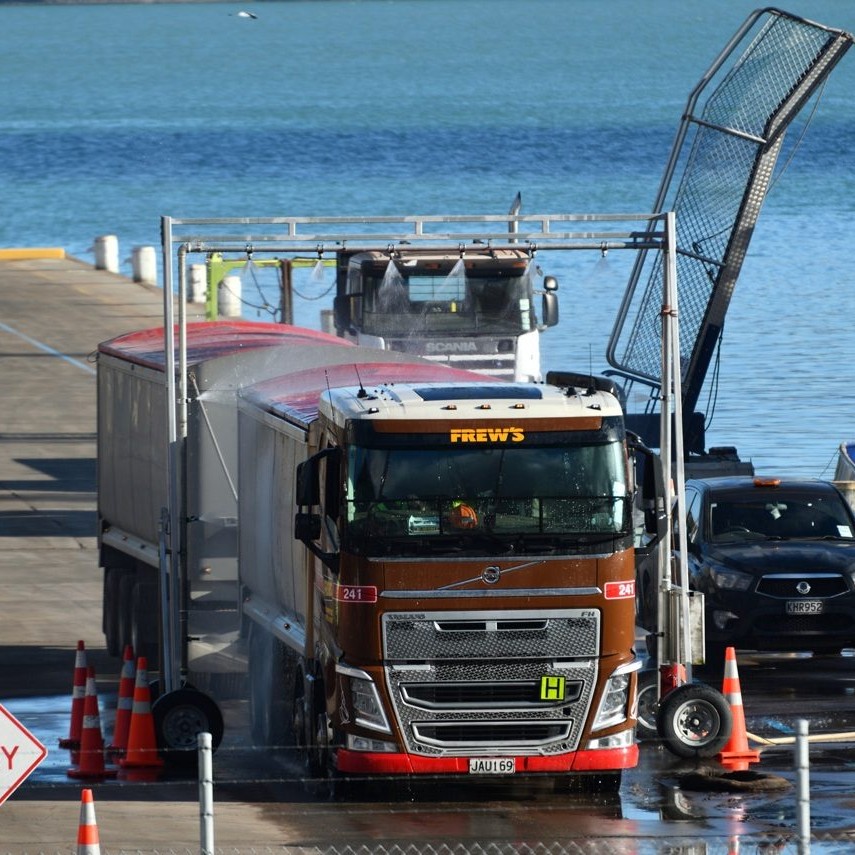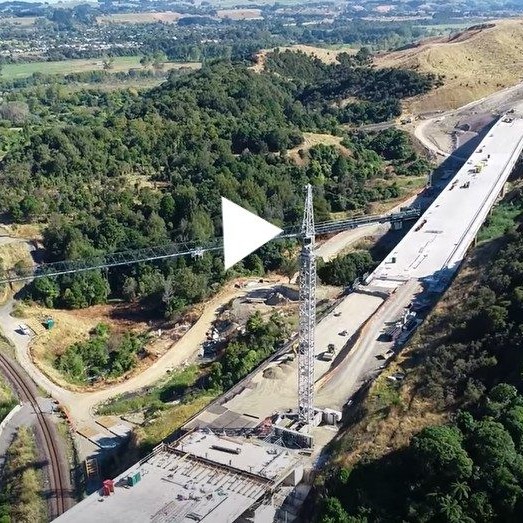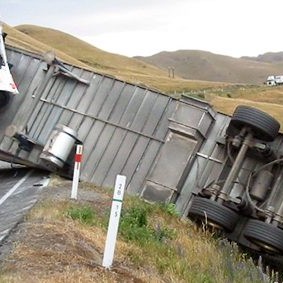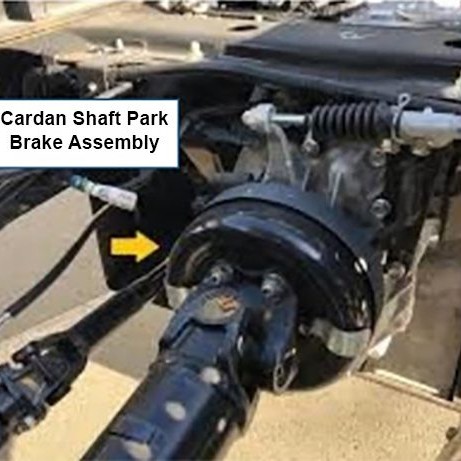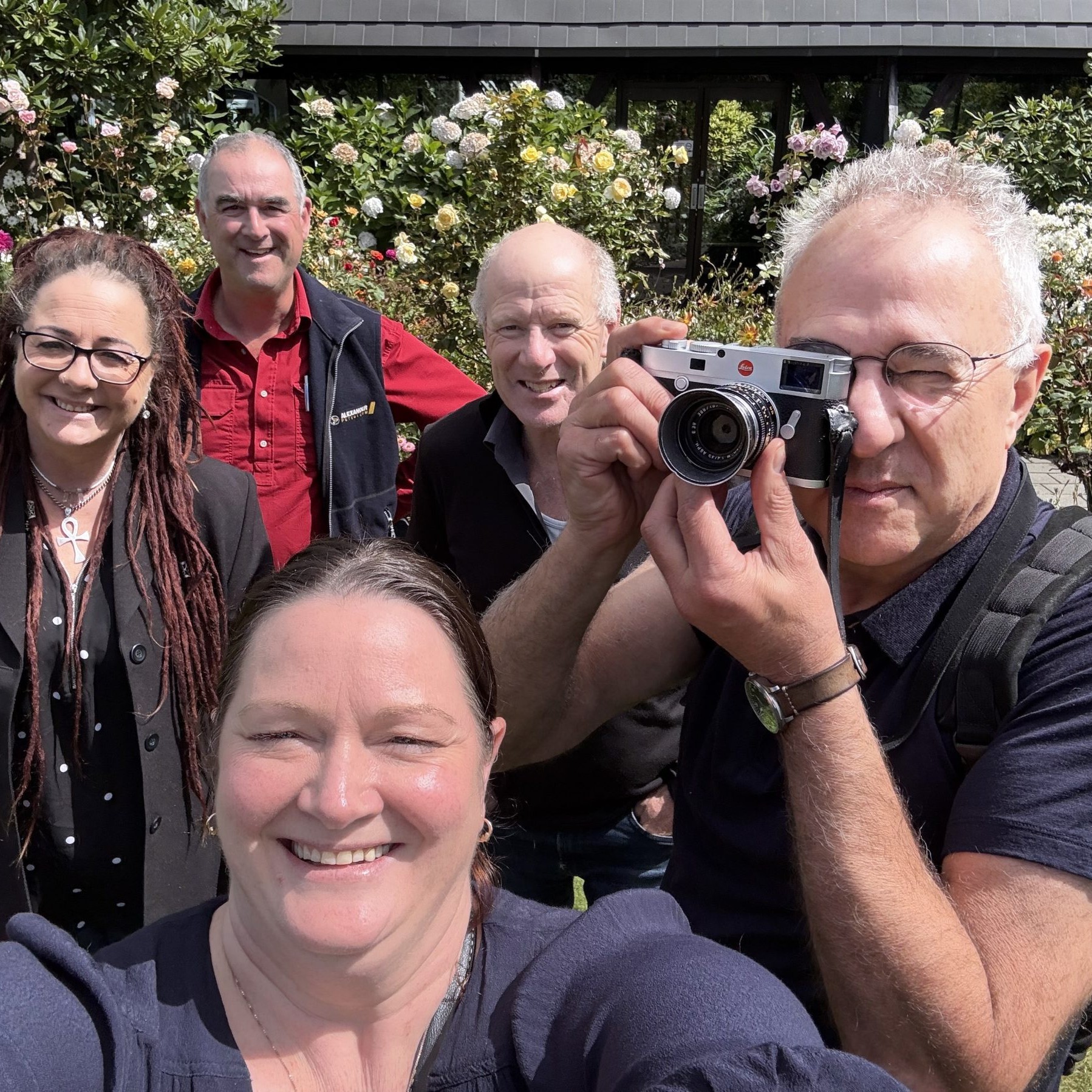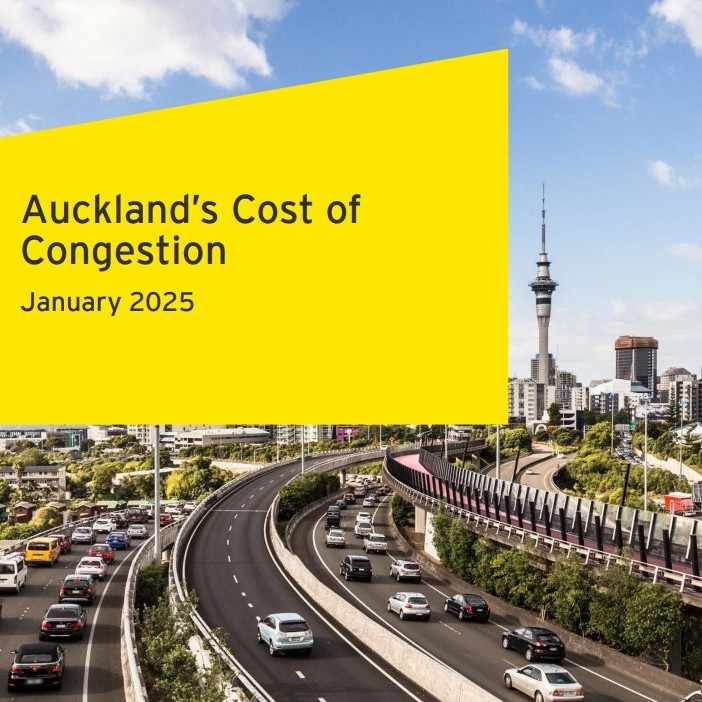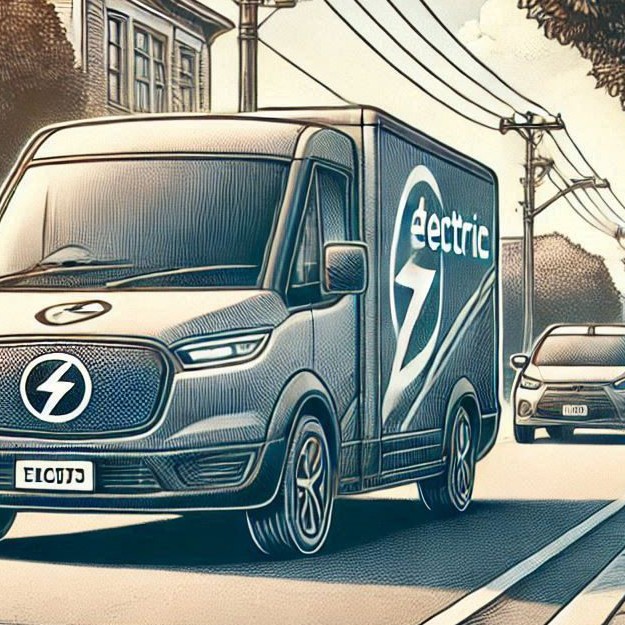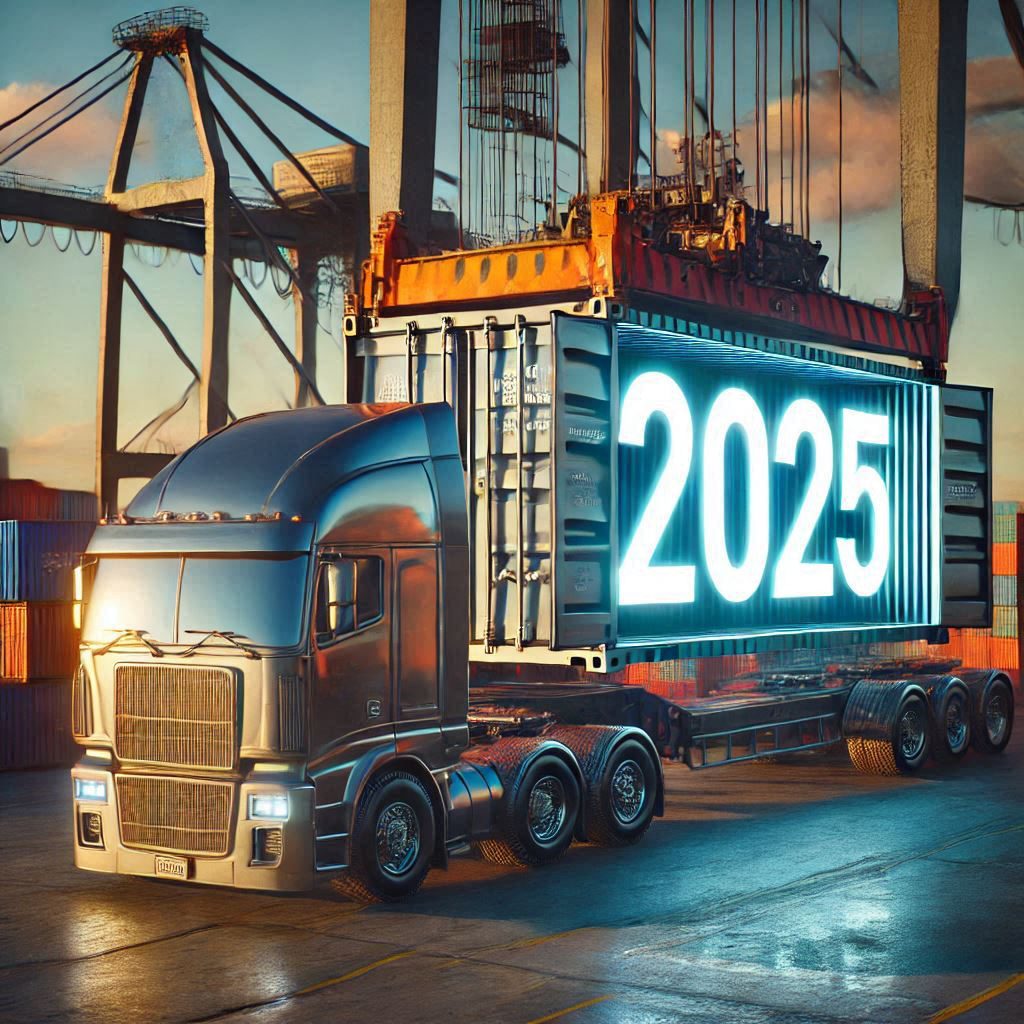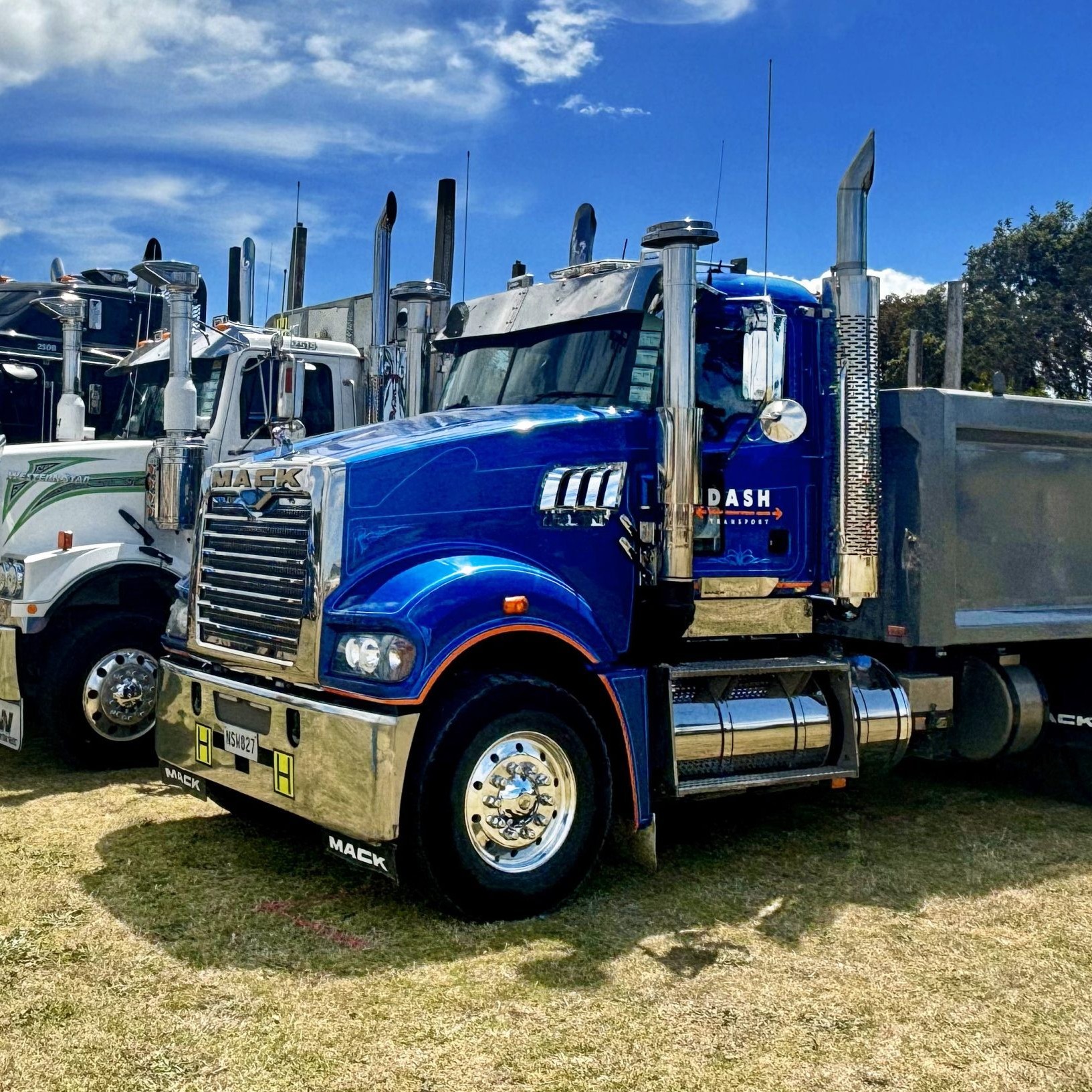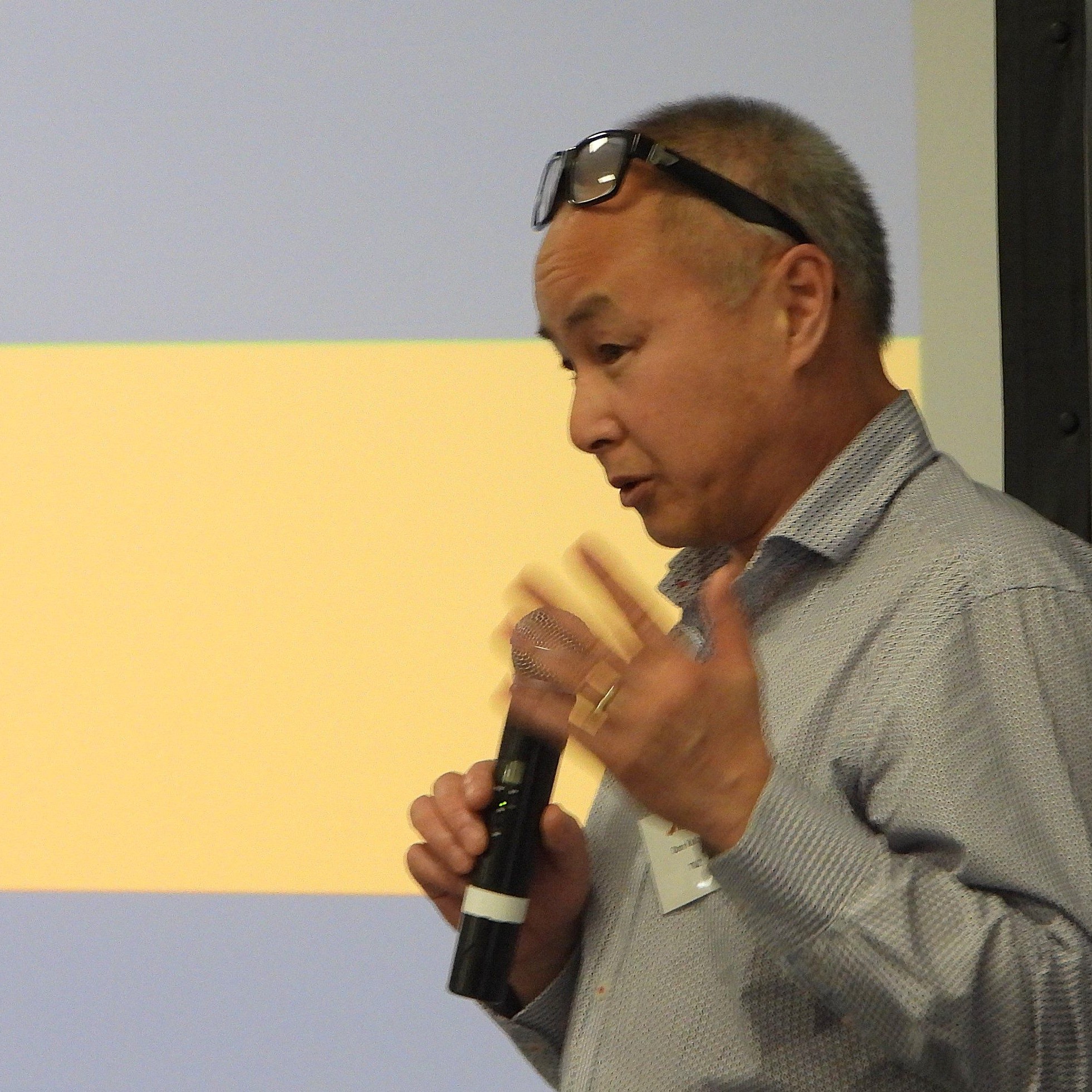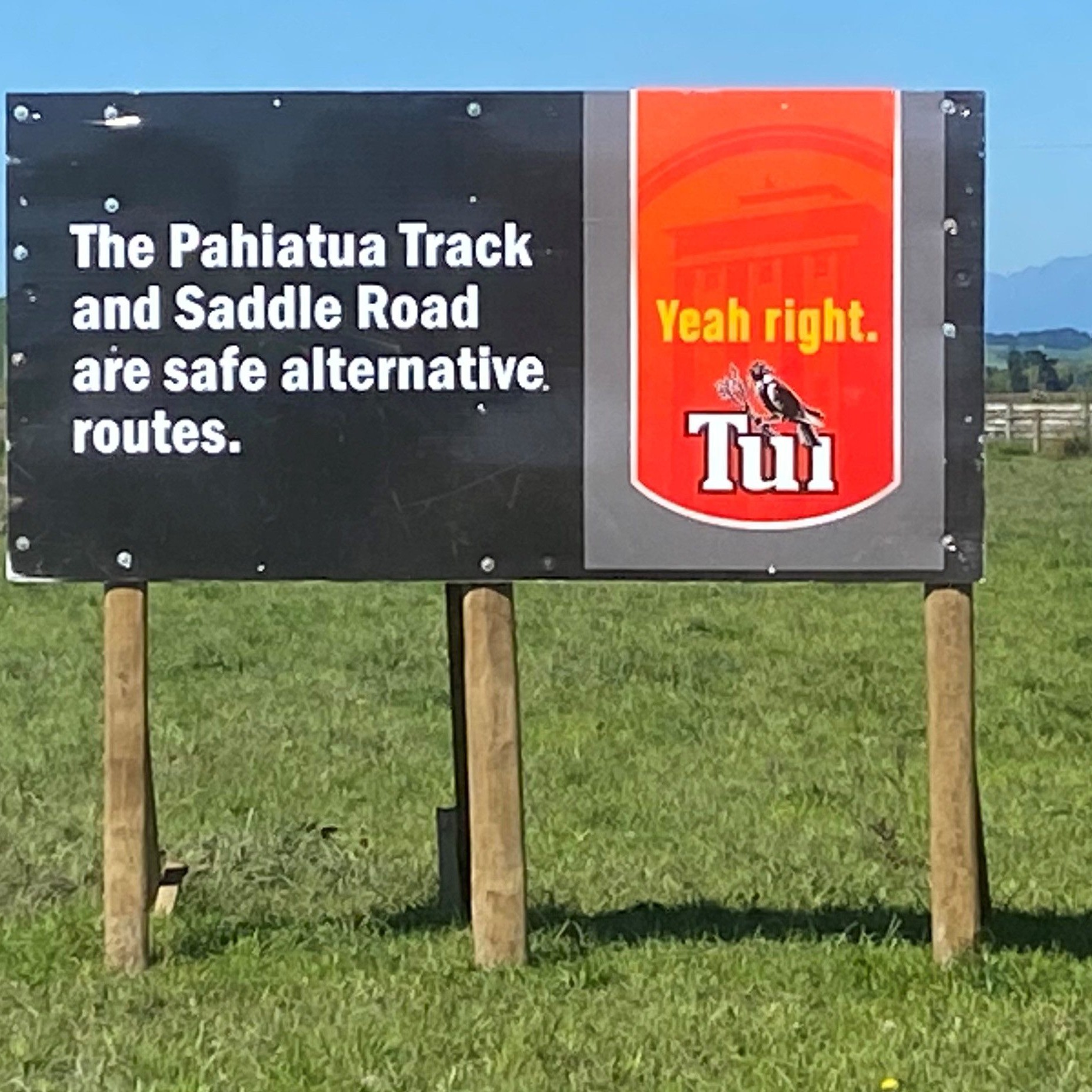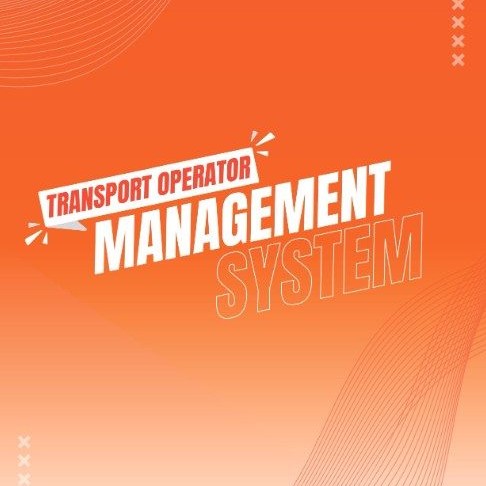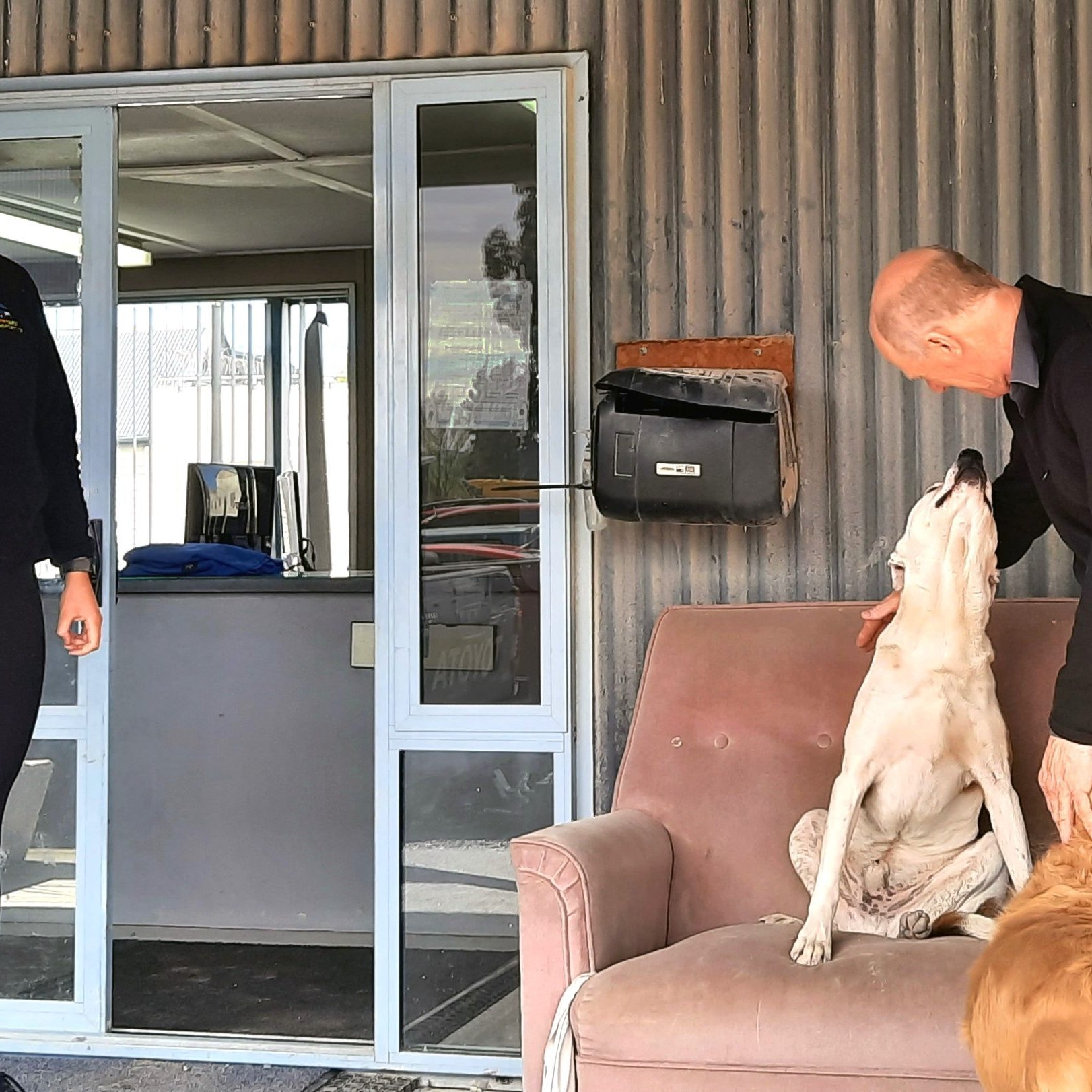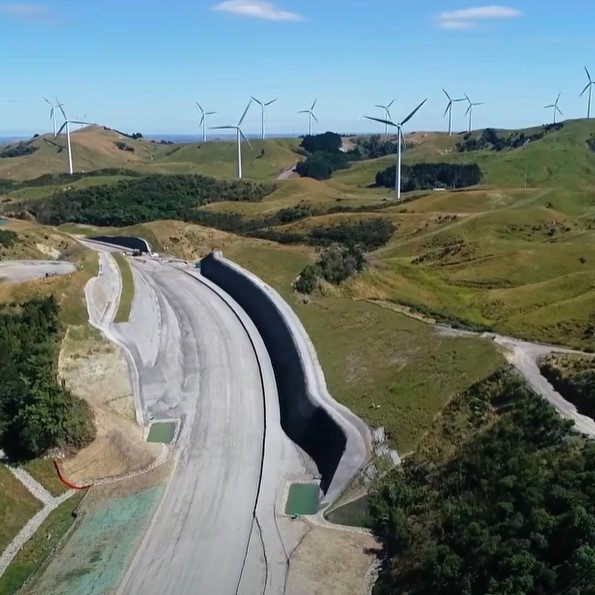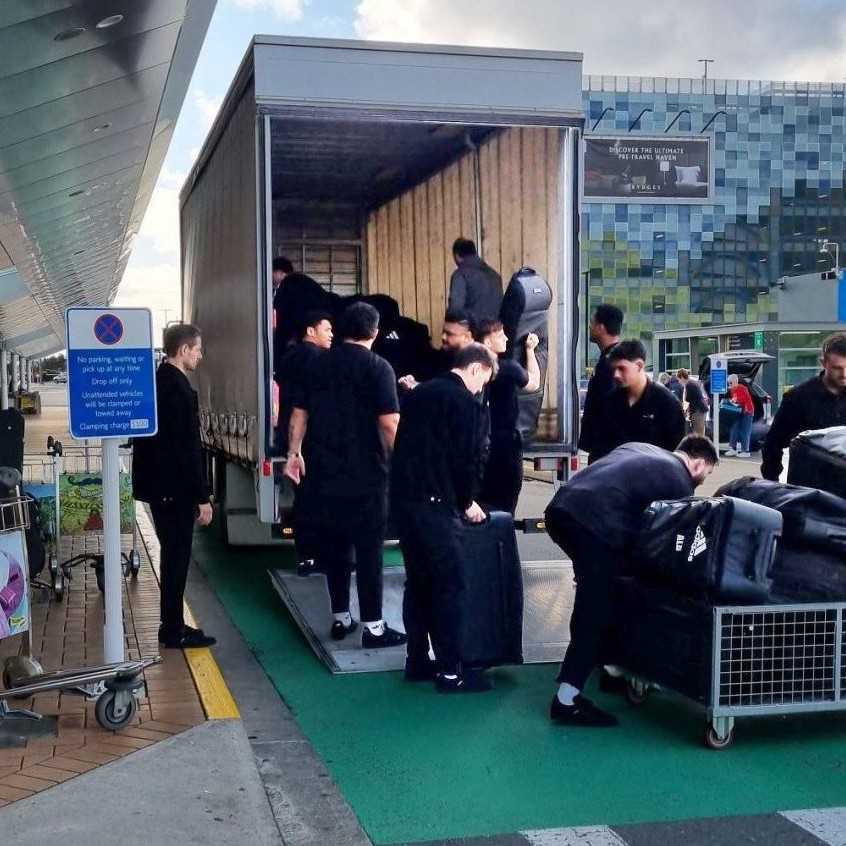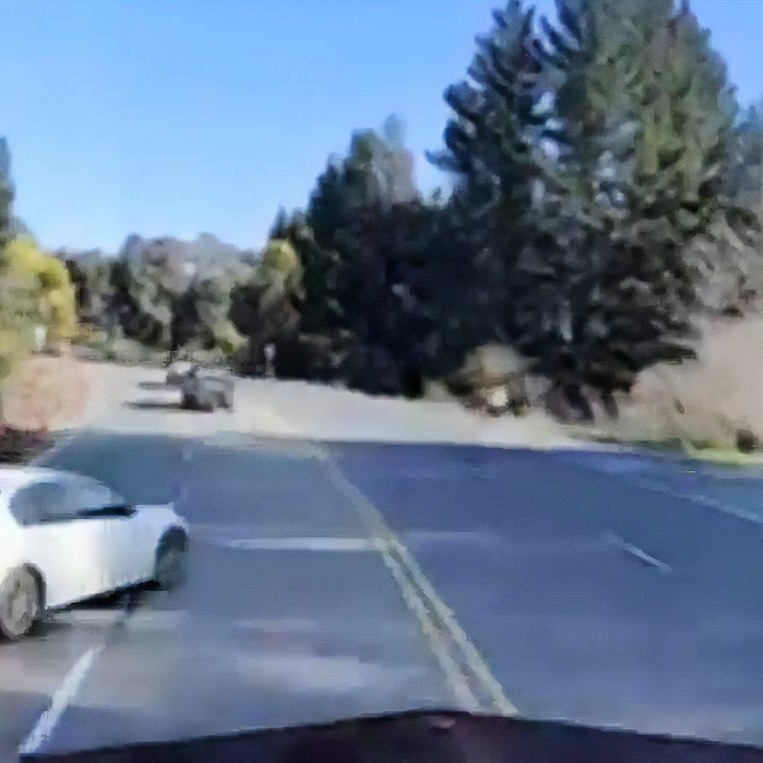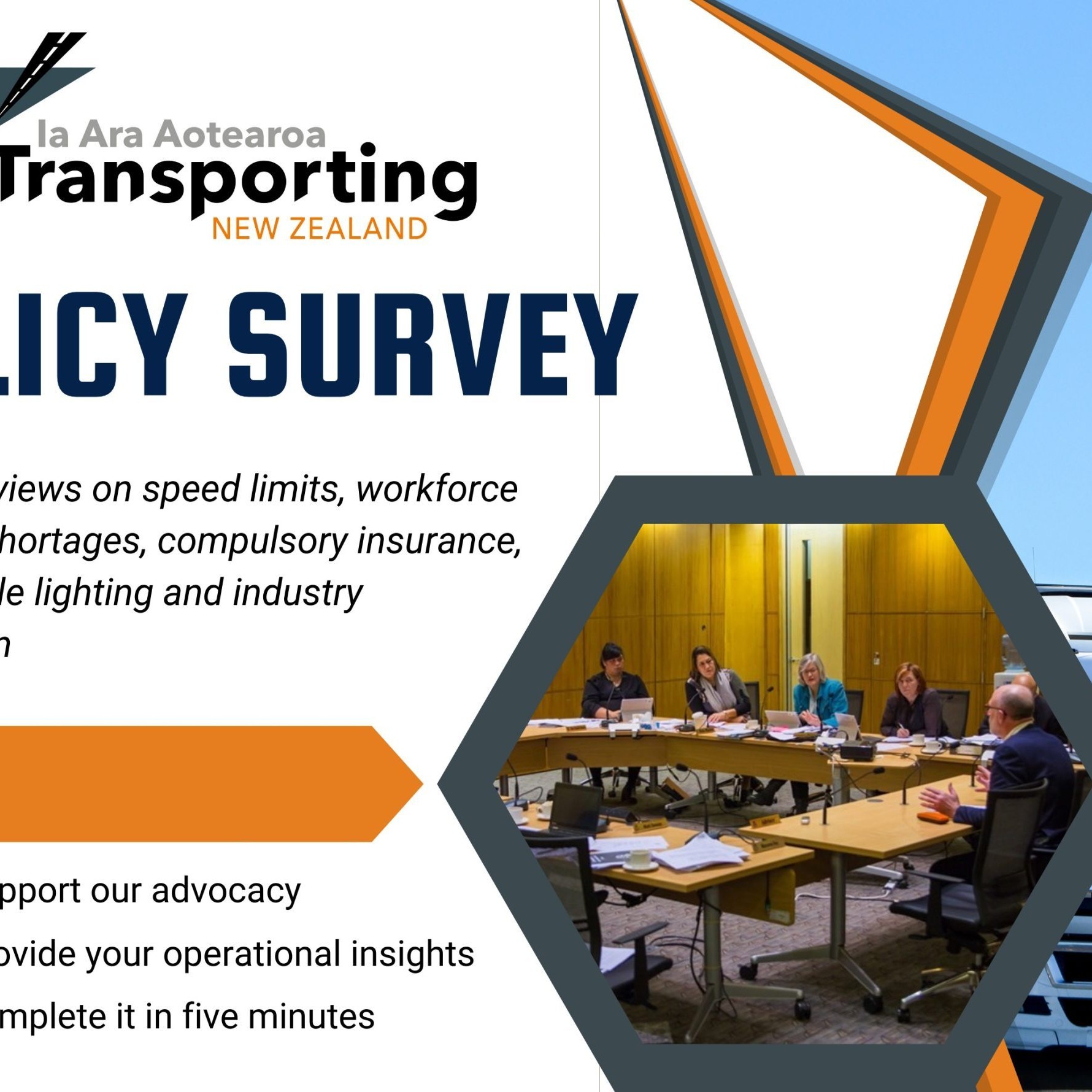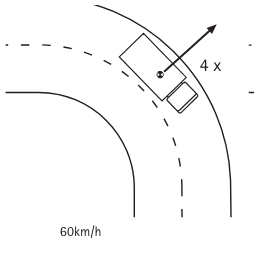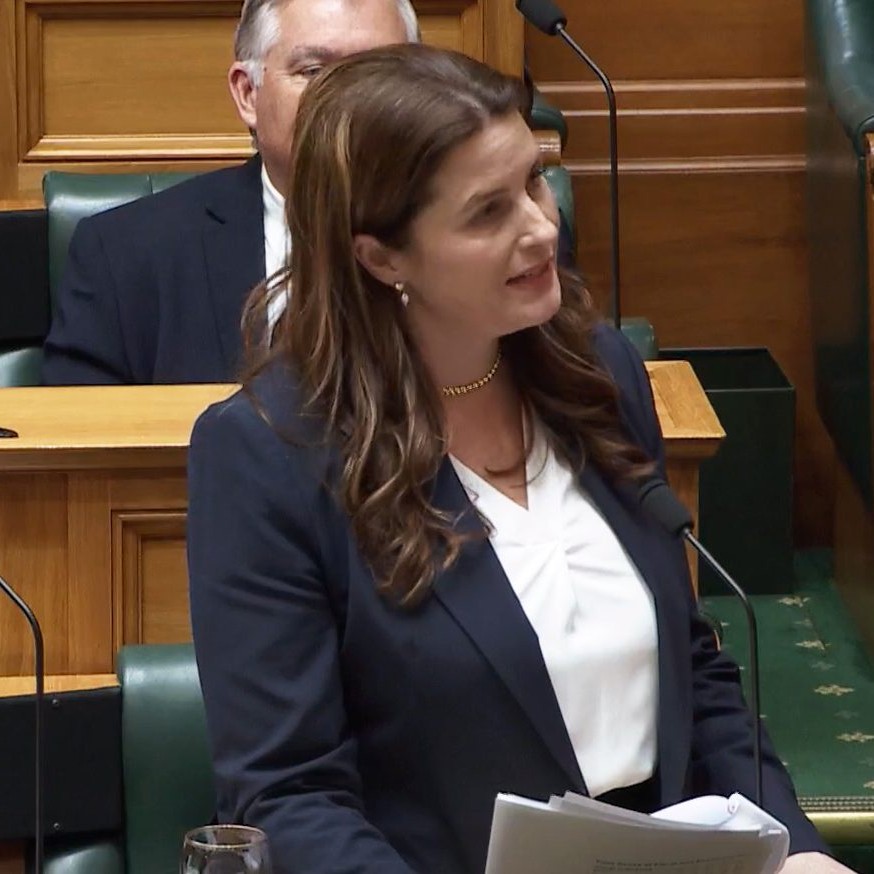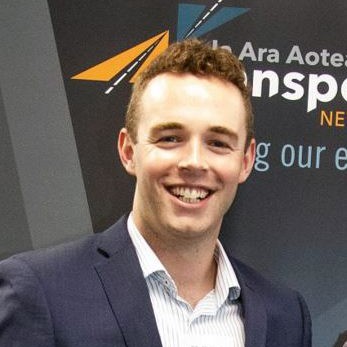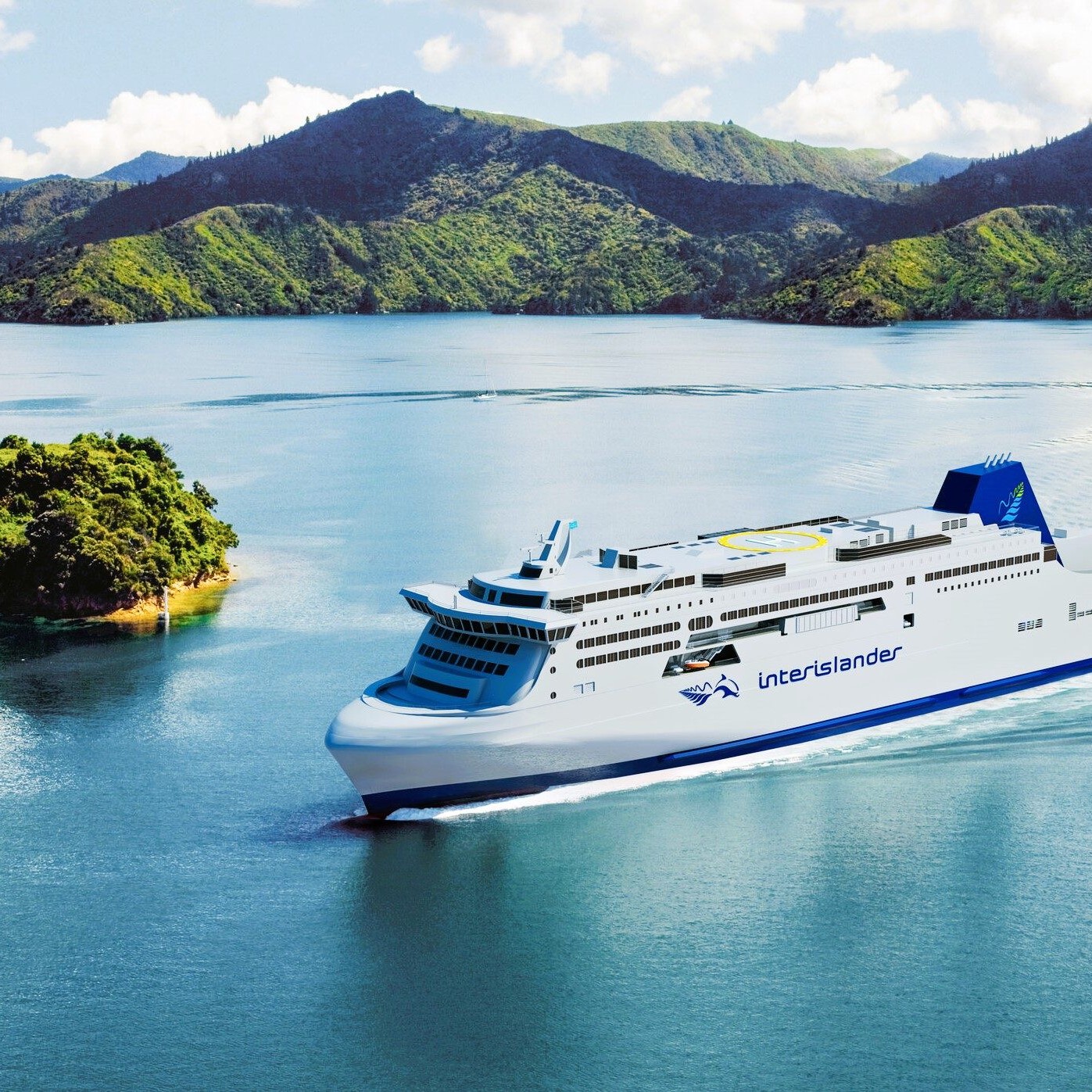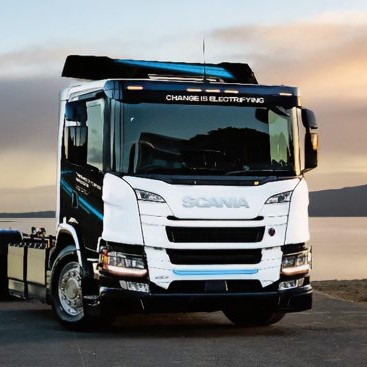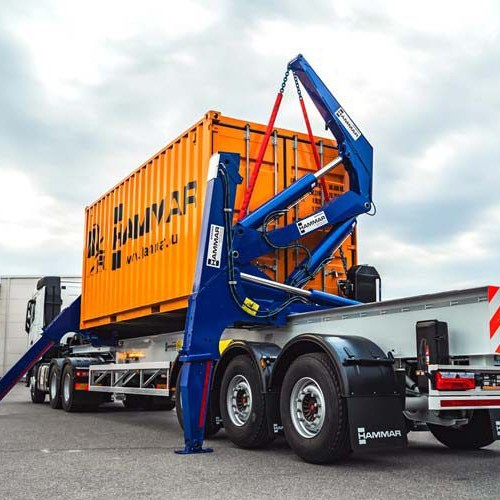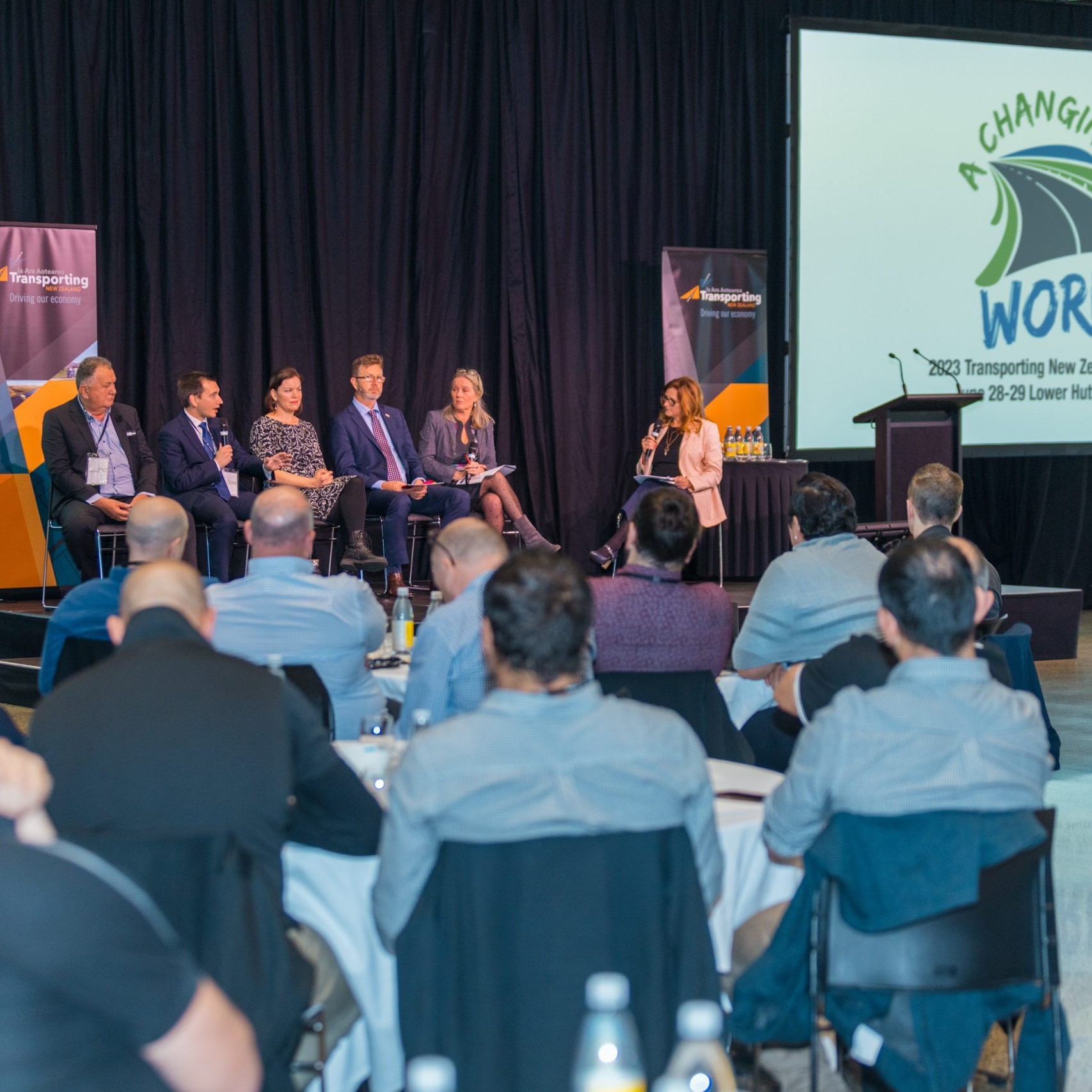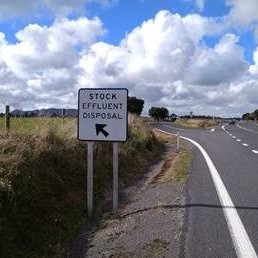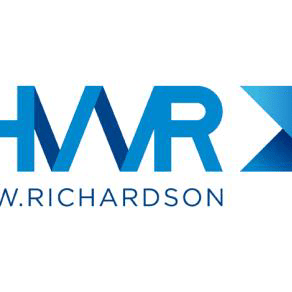
A recent poll from The Post/Freshwater Strategy has shown mixed public feelings on road tolling, with 49 percent of people preferring taxpayer funding over privately funded road projects (41 percent).
This split isn’t surprising – nobody enjoys paying a toll. Quite reasonably, many motorists who are already paying Fuel Excise Duty or Road User Charges don’t expect to get stung again to get where they need to go. That’s why Transporting New Zealand and our national membership of trucking companies, who already pay the greatest proportion of their public sector costs of any vehicle type, have previously been cautious of tolling proposals.
But New Zealand’s road transport funding model is approaching a crisis point. Cost-of-living driven FED and RUC freezes, booming road construction costs, and politicians of all stripes deferring much needed maintenance have led to a record strain on the land transport budget.
NZTA’s forecasting shows a growing revenue deficit, reaching $6b per year by 2030. This requires a dramatic rethink of New Zealand’s approach to road tolling.
Without charging users for using new roads, or allocating additional Crown funding, many of the Government’s transport priorities will be stuck in planning purgatory, including the 15 planned Roads of National Significance and important connections such as Belfast to Pegasus in Canterbury, the Hawke’s Bay Expressway, and the Northland Corridor.
In an attempt to address the considerable revenue gap, and get all these faster, safer and more resilient links built, the Government has directed NZTA to consider tolling all new roads that have feasible, untolled alternative routes available.
The Post/Freshwater Strategy Poll results show New Zealanders are up for the discussion. However, there are three actions the Government should take to elevate the debate, and ensure we can build the modern transport network New Zealand desperately needs.
Ditch the Manawatū Tararua Highway Tolling proposal
In order to get public buy-in, tolling needs to be well-signalled, have viable alternative routes, and a strong business case in support of it. Unfortunately, one of the first roads identified as a tolling candidate by NZTA is the soon-to-open Te Ahu a Turanga: Manawatū Tararua Highway. This route meets none of these criteria.
The Government should have made it clear to NZTA that the highway, replacing a previously untolled route closed by a landslip, wasn’t an appropriate contender. The understandable outcry from the local community, councils, and representative groups has started the tolling debate off on a weak footing.
Fortunately, both the Minister of Transport or Cabinet can nix the toll proposal, should NZTA recommend proceeding.
Transporting New Zealand submitted in support of two stronger tolling proposals that NZTA consulted on at the same time: Ōtaki to North of Levin Highway and Takitimu North Link.
Fix the low-information approach to consultation
The second issue is NZTA’s low-information approach to tolling consultation. In September, the Agency launched simultaneous consultations by releasing the proposed tolls for light and heavy vehicles, without important supporting information. This included the detailed assessments NZTA had completed for each project, and how they had landed on proposed charges that were much higher than existing road tolls.
Official Information Act requests and belated proactive releases eventually saw more evidence come out. However, without that important context, submitters were left in an information vacuum for much of the consultation period. It made it difficult for representative groups like us to communicate with our members about the merits of the proposals, and provide useful technical feedback on toll rates.
It’s difficult to support the introduction of a toll without seeing the evidence clearly set out. NZTA should trust the New Zealand public to consider proposals on their merits, with the help of the supporting information.
Tell a compelling story about what tolling can deliver
Thirdly, NZTA and the Government appear to be taking a piecemeal approach to each potential toll project. They need to take a step back and present a big-picture view of what tolling can deliver for the country, compared to taking a traditional funding approach. Set out how much faster we can get RoNS projects completed by utilising a per-use charge, compared to the current model. These safer, more efficient, and disaster-resilient roading links will benefit the entire country, if we’re prepared to pay for them.
There’s a good story to tell. Despite understandable hesitation, users warm to tolling once they experience the convenience, safety and efficiency the roads offer. The Post/Freshwater poll showed that motorists who regularly used toll roads were more likely to prefer highways be funded by private companies who toll road users, compared to road users who didn’t use them.
By taking these three actions, the Government can make a strong case for greater use of tolling on appropriate roads, and deliver better transport outcomes for the entire country.
For further information, contact Billy Clemens, Policy and Advocacy Lead, Ia Ara Aotearoa Transporting New Zealand, 027 3041 877.


